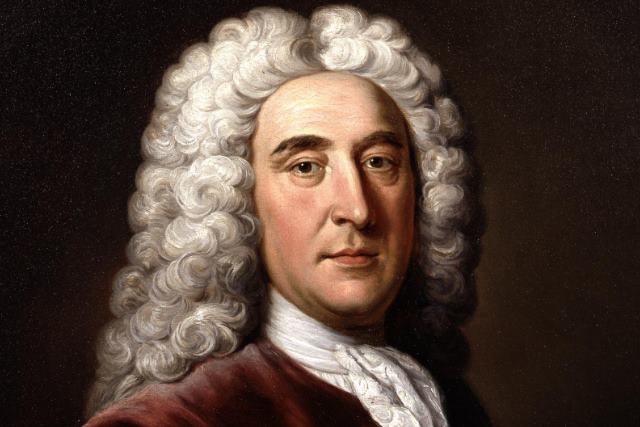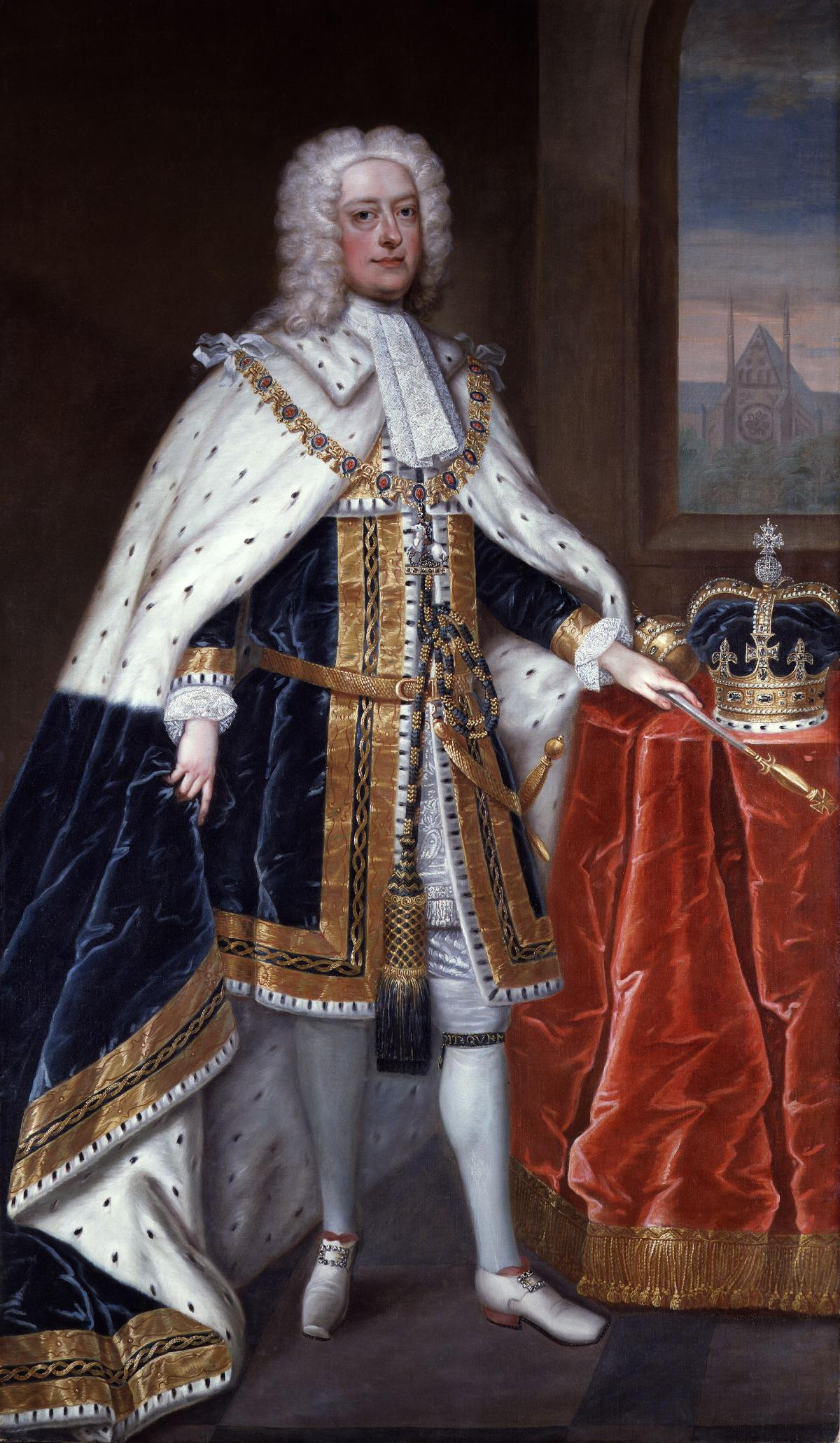1759: The year that the British Museum and Kew Gardens were established and Arthur Guinness began brewing his eponymous ale.

The Battle of Quiberon Bay, November 20 1759, depicted by Richard Patton.
Image via.
I often find myself admiring this beautiful teapot when looking around here in the shop.
 |
| George III sterling silver teapot. Click here to view on our website. |
There is just something so pleasing about its style and shape. This charming pot bears a 1759 Edinburgh hallmark and was made by Lothian & Robertson. With its chased rococo decoration and pineapple finial I am sure it must have been considered quite quirky for its time.
When I look at this pot and its dateline it makes me wonder about all the things that must have been discussed over those cups of tea throughout its 256 year existence.
Firstly, when you consider the size of this teapot, the reasons are obvious, historically.
The price of tea was incredibly expensive at that time and also heavily taxed. As a result teapots produced at that time tended to be smaller than today. This was not a drink for the poor among us. The result of this high cost would be smuggling, which only dropped the price a little. Did any of those illicit leaves ever find the bottom of this pot?
 |
| Thomas Pelham-Holles, 1st Duke of Newcastle and former Prime Minister. Image via. |
In 1759 it was the Whigs in power and the Prime Minister was Thomas Pelham-Holles. Another event politically which occurred in Kent that year was the birth of William Pitt the Younger who, just 24 years later, would become the youngest, and some consider one of the best leaders in British History. He would also prove to be a champion amongst tea drinkers.
This pot was ‘born’ in Scotland in 1759 and shares a birthdate with Scotlands most famous son, Robert Burns who was born on the 25th of January.
Whilst sipping tea and reading through the journals of the day one would have found the newspapers filled with stories of the Seven Years’ War.
In order to distract from the bloody battles which dominated the news, perhaps a cup of tea was imbibed in the parlour whilst playing what was to be the first British board game, ‘A Journey Through Europe’.
This little pot would have been serving up the tea when the news came through of the passing of King George II in 1760 and the succession to the throne by his grandson, King George III.
 |
| King George II, by Charles Jervas. Image via. |
I’m sure this pot was likely used to offer up tea while discussing events in what would soon become the United States of America in 1776. It boggles the mind that a teapot is actually older than the U.S.A.
And I’m sure that a few years later the owner of this pot raised his cup in celebration at the news in 1784 that the then Prime Minister, William Pitt the Younger, slashed the tax on tea from an outrageous 119% to a more reasonable 12.5 percent. Cheers William.
This pot probably remained with its original purchaser through many births, deaths and marriages before likely being passed down to the next generation. Obviously this pot has continued to pour out the brew through the birth of many more nations, through wars and peace times will most likely continue to do so in the future. A long history past, and a future of stories yet untold.
I’ll drink to that.







































